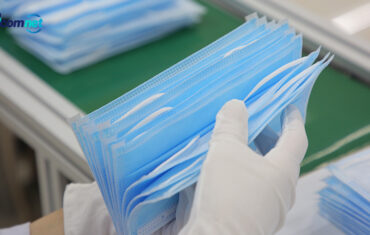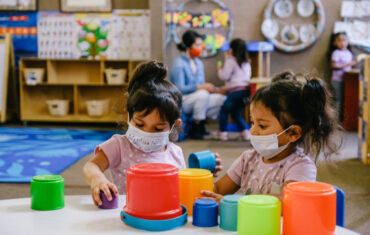Until there’s a vaccine for the coronavirus that causes COVID-19, it will be important to take precautions to avoid getting sick. The safest thing to do when transmission rates are high is to avoid contact with people outside your social bubble. You also need to practice social distancing when you do have to go out. And even when transmission rates are low, you’ll want to wear certain personal protective equipment (PPE). The one key piece of protective gear that everyone should wear out in public is a face mask, which will help slow the spread of the virus. But if you search for PPE, along with masks you’ll see gloves and many forms of face and eye coverings for sale.
Understanding Transmission
Different forms of PPE are necessary in different situations. Medical workers should be following guidance from the Centers for Disease Control and Prevention. For everyday life, however, the average person doesn’t need to suit up like an emergency room doctor.
To understand why different levels of PPE different scenarios, it is helpful to understand how the virus transmit from one person to another. If an infected person coughs or sneezes on a supermarket shelf—or coughs into their hands. Then, they touches a door handle or an elevator button. Another person who touches that contaminated surface could then infect themselves by rubbing their eyes or scratching their nose. Larger infectious droplets can be expelled when someone with the virus coughs or sneezes. These droplets tend to fall to the ground within 6 feet or farther. Recently, the CDC has said that close contact between people is probably the main way the coronavirus spreads.
Nitrile Gloves
Because we know that it may be possible to catch the coronavirus from touching contaminated surfaces, you might think that wearing nitrile gloves would be a good idea to help keep the virus off your hands. But most experts don’t recommend this part of PPE for everyday use, like when you are at the store.
People may want to wear nitrile gloves when they are caring for or cleaning up after someone who is sick. Or when cleaning or disinfecting the home.
Goggles and Face Shields
Because the coronavirus can be transmitted through large infectious droplets and at least potentially by smaller airborne droplets. Then protecting your eyes with a face shield may help prevent infection, both in healthcare settings and when out in public. But the right form of eye protection may depend on the scenario. When treating sick patients who are likely to cough or sneeze and expel projectile droplets. Healthcare workers generally wear face shields as one part of their medical-quality PPE. However, face shields don’t offer the best protection against aerosols because the heat of your body causes the air around you to rise, potentially carrying infectious aerosols up underneath a face shield.
Face masks
The CDC, the WHO, and health departments around the globe are recommending that people wear a face mask in public, especially when social distancing is not possible. Medical face masks and particularly N95-grade masks do offer more protection for the wearer than cloth masks, but these should generally be reserved for use by healthcare workers. The WHO recommends that sick people and people at high risk for complications from the coronavirus wear medical face masks. But in the U.S., the CDC recommends cloth masks for all nonmedical personnel.






